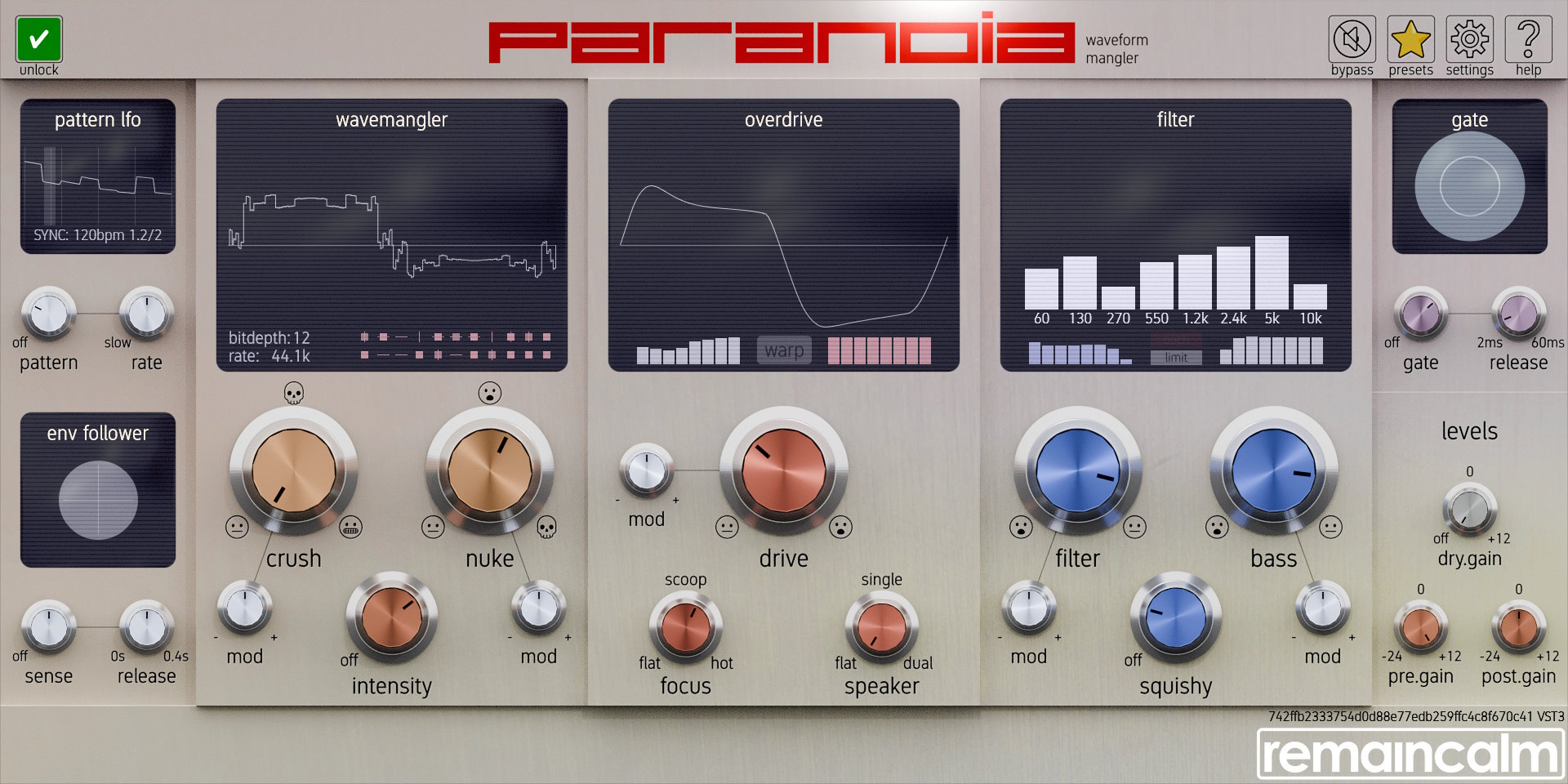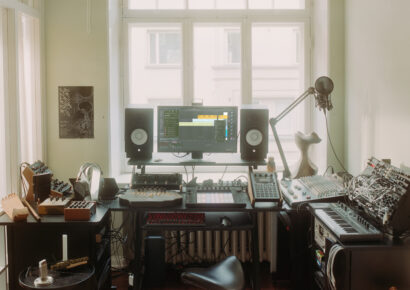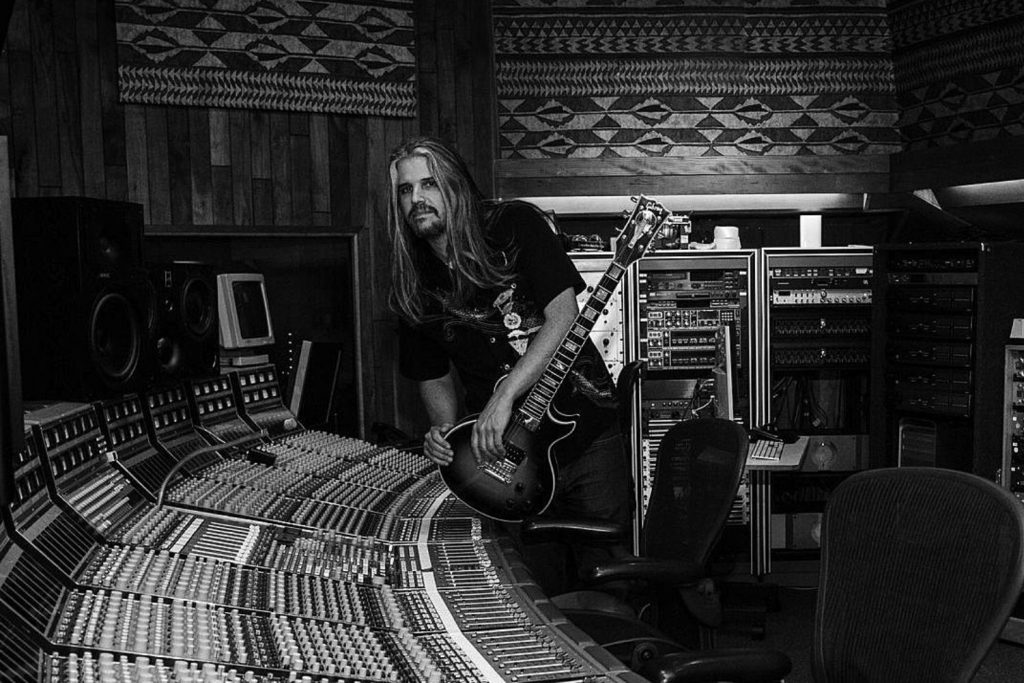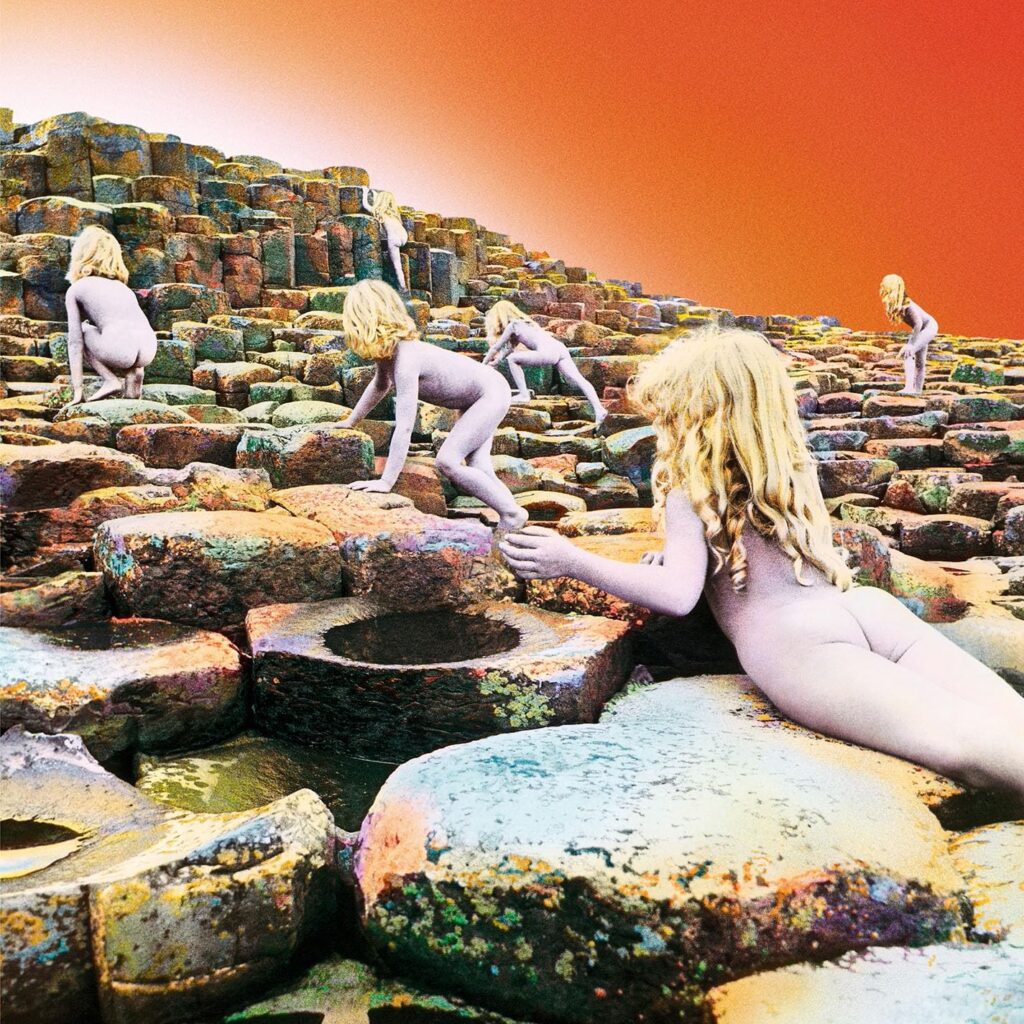After 15 years of underground experimentation, Sydney-based plugin developer remaincalm has relaunched with a polished offering that still embraces the weird and wonderful.
Developer Dan first made waves back in 2008 with free plugins for Reaper – the scrappy DAW that was still finding its feet. Those early tools were deliberately bizarre and mysterious, with cryptic names and functions that required experimentation to understand.
Catch up on all the latest features and interviews here.
Fast forward to 2025, and remaincalm has relaunched with a suite of refined plugins that are still true to Dan’s vision. The flagship release, PARANOIA, is a distortion plugin that’s been 15 years in the making. Alongside it sits GOSSAMER, a chorus effect and a handful of other tools designed for producers looking for something different.
“Launch week went pretty smoothly,” says Dan. “You lose objectivity when you’re squirrelled away working on something for years, so it was great to see good reviews and supportive forum posts when we finally launched.”
The evolution from those early, self-described ‘clunky tools with busted user interfaces’ to the current, polished plugins wasn’t about abandoning the weirdness – rather, it was about becoming more user-friendly. “One of my favourite guitar pedals is this weird DIY fuzz I picked up in a bulk trade, with no labels or identifying marks,” Dan explains. “It does this amazing sludgy doom thing I can’t get out of any other pedal. I love mysterious audio gear like that, and my older free plugins were designed along the same lines, but you get these huge usability gaps.”
Dan’s solution? Keep the mysterious controls, but add visual feedback so the users can see what’s happening. “In one plugin, our filters still have tuned curves, but now we have a little EQ display so people can see what’s going on.”
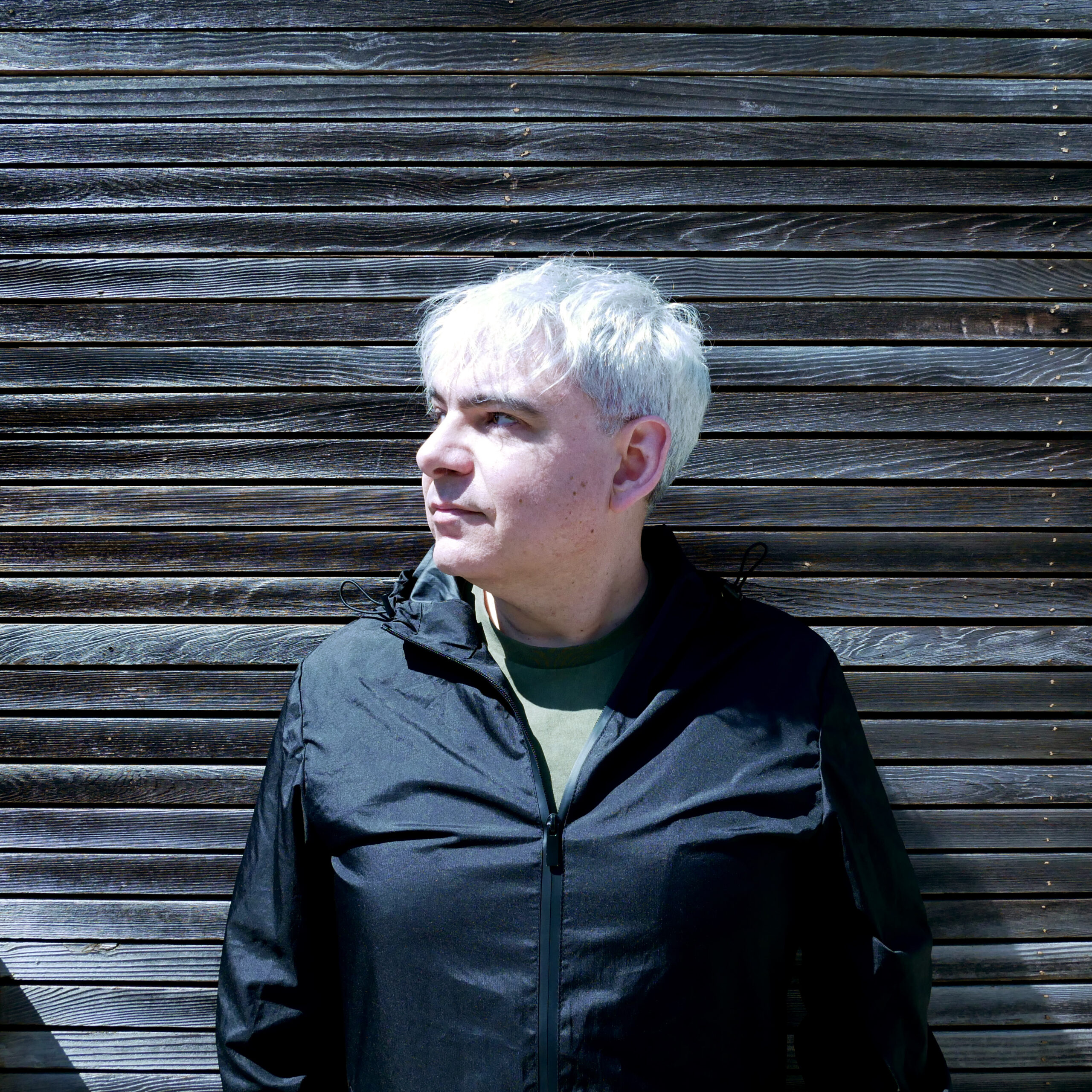
Dan’s relationship with Reaper goes back to the DAW’s early days in 2008. Getting involved with the platform at that stage proved fortuitous – some of those early free plugins ended up integrated into Reaper itself, and they still show up on recommendation lists years later.
“Reaper is an impressive bit of engineering,” he says. “It’s not perfect for everything, but it’s fast, flexible, and being able to integrate it into content pipelines is really powerful. Some of the Reaper integration was just timing and luck, though – I was pretty lucky to get involved with the platform early, when they were still looking around for effects to include.”
remaincalm’s philosophy centres on pushing sounds “way beyond what would be considered tasteful or sensible” – a deliberate choice in a world where most plugins aim to be tasteful.
“There’s so much brilliant music out there that it can be hard to stand out,” Dan explains. “If you want to be really memorable, there are basically two ways to do it: either be the absolute pinnacle of your craft, whether that’s amazing melodies or total sonic perfection or whatever; or do something no one else is doing and carve out your own sound or genre. With our stuff, we leaned into supporting the latter.”
That doesn’t mean the plugins can’t do subtle work. “Those settings might be the first 10% of a dial’s range – we did a lot of tuning down there,” he says. “Some of the choruses in Gossamer are pretty smooth, and Paranoia’s default setting is a nice EQ curve with a tiny bit of light crunch that people keep telling us ‘feels like hardware’. But whenever I was designing a feature, I asked myself: what’s the furthest someone might possibly want to take this? So… a few of the controls can get a bit nuts.”
The journey of PARANOIA spans 15 years of development and refinement. What started as a quick experiment inspired by strange hardware units eventually became a live performance tool and a completely rewritten plugin.
“The initial one was just something I hacked together for fun, inspired by some hardware units that were around at the time,” Dan recalls.
While rewriting PARANOIA, Dan was mixing records, drawing ideas from what he needed from the plugin. “If I needed something crunchy in a track that the plugin couldn’t do, I’d change the algorithm a bit.”
Dan emphasises the importance of reliability. “As a producer and musician, I developed clear ideas on what I want out of my studio gear,” he says. “It has to sound good, be reliable, and let me get an interesting sound really quickly. And like anyone who’s been to a lot of shows, you connect with a lot of people and learn a lot about music, which has been great from my perspective.”
The concept of “accessible weirdness” runs throughout remaincalm’s philosophy. Dan draws inspiration from classic hardware with unexpected behaviours – like the 1176 limiter’s infamous “all buttons in” mode.
“It’s a bit obscure, but once you know that trick, it’s pretty accessible. You just mash the buttons,” he says. “We’ve tried to weave that sort of thing everywhere. For example, with the Paranoia distortion plugin, if you turn the output gain knob all the way up, the output limiter parameters all change, and the effect turns into a slamming dual-band dynamics processor. Like, if the user is turning the dial all the way up, they probably want ‘more’, right? We have lots of little tweaks to try and make it feel a bit organic and hardware-y.”
With the relaunch successfully executed, Dan’s already looking ahead. “We have a lot of very interesting products under development! Right now, it’s about a 50/50 mix of products expanding ideas from our previous free releases, and brand new products.”
remaincalm’s ethos is refreshing – offering something creative, slightly off-kilter, experimental and reliable for producers.
